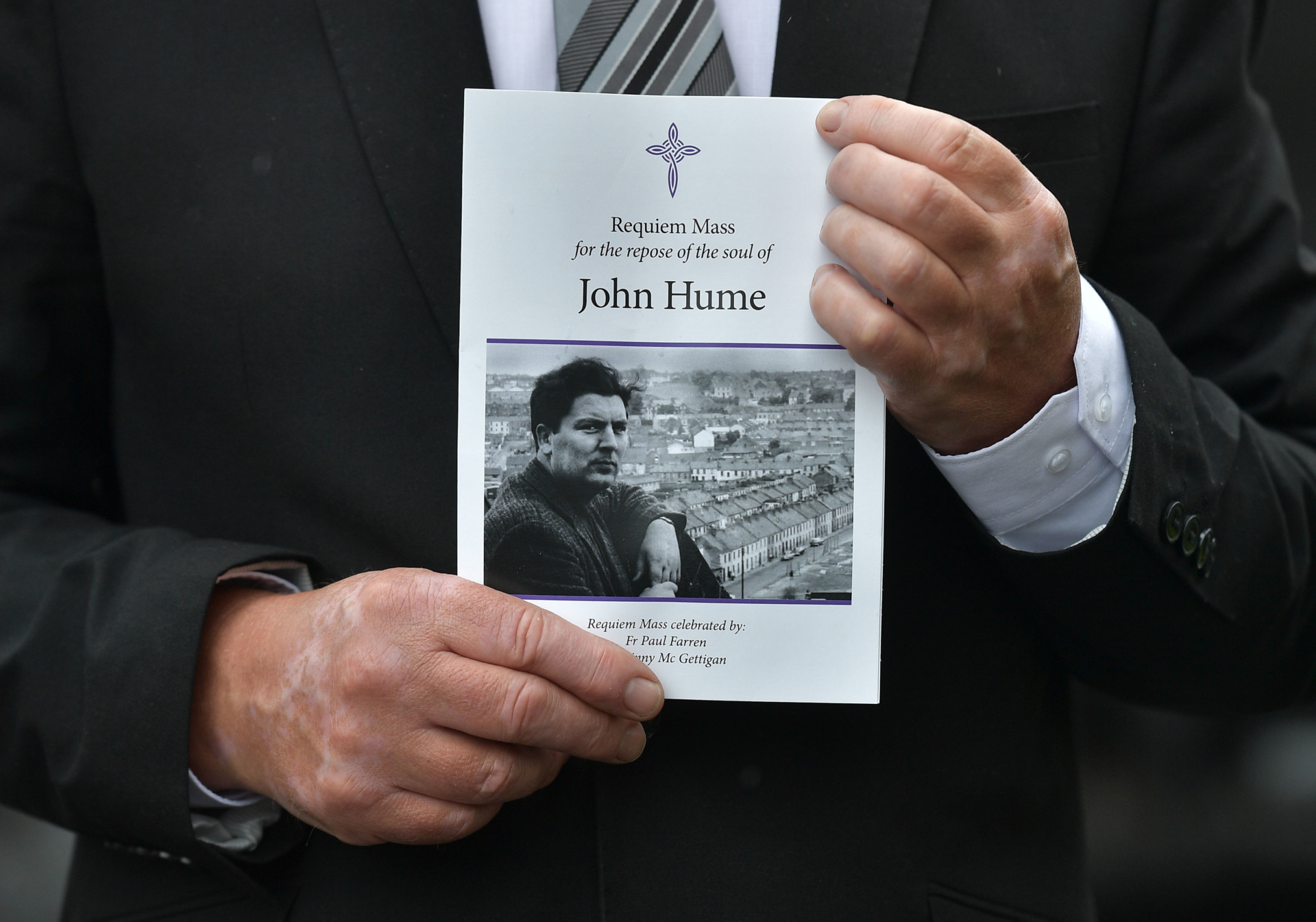Thomas O’Neill Jr. was one of the towering figures of 20th century American politics. Better known as Tip, he took John F. Kennedy’s seat in the House of Representatives when Kennedy went to the Senate, and he rose to become House Speaker in 1977. Boston Irish to the core, O’Neill was thwarted in his domestic political ambitions by the arrival in the White House of Ronald Reagan. But some 3,000 miles away, and in league with Reagan, he was a player in one of the most remarkable political transformations in recent history.
“All politics is local,” he famously said. And Ireland was local to him. O’Neill used all his guile and intimate knowledge of the dark arts of congressional politics to bring together a powerful coalition of Irish-American politicians. It was so powerful that even today Congress has threatened to withhold support for a trade agreement with the UK if Brexit threatens the Good Friday Agreement of 1998 that brought political violence in Ireland to an end.
Alongside O’Neill stood Sen. Daniel Patrick Moynihan; New York Gov. Hugh Carey, governor of New York; and the youngest of the Kennedy brothers, Ted. They were known as the “four horsemen,” but someone else was holding the reins. Create a free account to continue reading Already a New Lines member? Log in here Create an account to access exclusive content.



